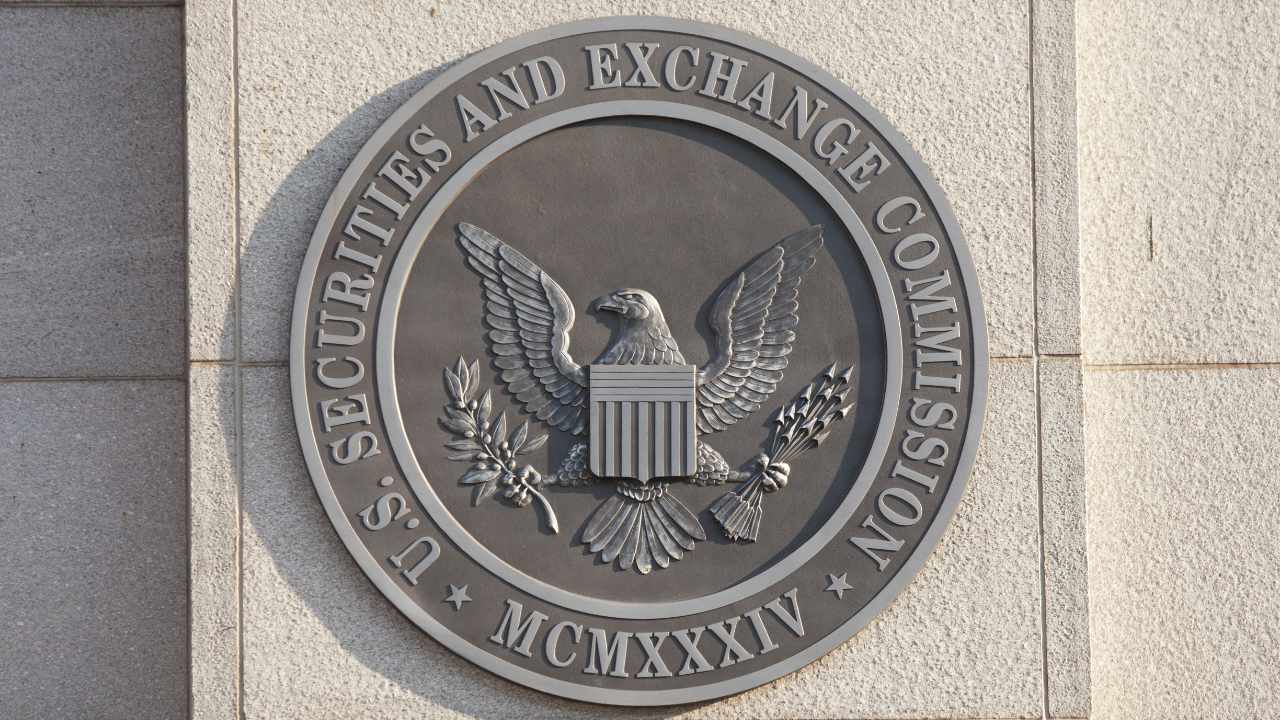The ongoing integration of crypto payments

If web3 is the incoming new reality and crypto is to achieve mainstream, everyday use, a key area will be around payment integrations. There is talk, especially in Bitcoin maximalist circles, of an independent economy, which in this context means goods and services sold in Bitcoin, and without any requirement to switch from blockchain-based currency to fiat currency.
Perhaps it is a proposed ideal that may one day be achieved. There are coherent arguments arguing for this type of scenario, but in the meantime, what is required is simple intersections between traditional payment systems and cryptocurrencies that can be navigated by users who may not be deeply versed in the technicalities of blockchain transactions.
With this in mind, there have been several recent developments that indicate an acceleration of the integration process, as some big names partner with crypto developers to facilitate the use of digital currencies in everyday transactions.
Immersve and Mastercard
Payment options don’t come much more mainstream than Mastercard, which has now partnered with decentralized transaction protocol Immersve to create a payment option that allows users to make purchases from their crypto wallets at any merchant that accepts Mastercard.
A key feature is that the Mastercard/Immersve card does not require users to hold crypto with a third party, as it interacts directly with users’ own wallets. This is critical in a post-FTX environment, where crypto holders may be reluctant to place large funds indefinitely on a centralized platform. Moreover, even apart from the aftershocks of FTX, a defining purpose of crypto is monetary self-storage and the bypassing of intermediaries.
With this new card, after a transaction is completed by a user, the protocol uses the Circle-issued stablecoin USDC, which is converted to fiat to settle transactions on the Mastercard network. Initially, the product will be launched in New Zealand and Australia, with a view to release in the EU, USA and UK.
This partnership between Mastercard and Immersve could represent a significant step forward towards a smooth integration between crypto and traditional payment mechanisms, while ensuring that users maintain personal control over their digital assets.
It is notable that the partnership tends to use the term web3 rather than crypto, for example in reference to web3 wallets. This subtle shift is indicative of what amounts to a casual rebranding, as decentralized digital assets enter the mainstream. If this type of integration becomes more common, we will likely see increased reference to a transition from web2 to web3; a sanitized description that sounds more familiar, less speculative, and steers clear of association with disgraced entities like FTX.
Wirex and Visa
UK-based digital payment platform Wirex, which is focused on crypto and web3, has signed a global comprehensive partnership with Visa. This agreement extends to APAC and the UK and will facilitate the issuance of crypto-linked debit cards, which are already available to Wirex users in the US.
This comes just after Wirex, last December, added 52 new crypto tokens to its platform, giving users access to 130 cryptocurrencies. An important difference between Wirex and the Mastercard/Immersve model is that Wirex offers a custody service, which means that users place their money with a third party from which it can be used for purchases.
This divergence, between custodial and non-custodial mechanisms, could become a key roadblock as crypto moves toward real-world integration. It is worth bearing in mind that for current users of decentralized applications and proto-metaverse/web3 payments (as in NFT projects and blockchain games), self-governed transactions are the default. It is then plausible that self-storage is the direction that the mainstream will gradually be drawn to, rather than crypto, or web3, being wrapped up in traditional mechanisms.
Mercuryo and ConSensys
Fintech platform Mercuryo is focused on bringing together the worlds of conventional finance and crypto, and it is now working with ConSensys, the blockchain development studio that, among many other web3-oriented activities, is behind the MetaMask crypto wallet.
The plan is to ease the conversion from fiat to crypto by allowing users to buy cryptocurrencies without having to go through exchanges. Instead, digital assets can be purchased directly in MetaMask using conventional payment methods, such as bank cards, Apple Pay and Google Pay. Full identity verification is not required, although purchases are limited to a maximum of €699.
MetaMask is a ubiquitous tool when trading on Ethereum, and if the key to onboarding new users is removing friction between crypto and fiat currencies, streamlining the integration process could be a useful development.
Overall, looking at the partnerships and developments unfolding, there is an unmistakable trend towards an intersection between traditional finance and cryptocurrencies, making the transition between the two as seamless as possible. Relatively speaking, web3 is increasingly used as a synonym for crypto, reflecting the shift towards a more user-friendly image that intuitively taps into our comfort with increased reliance on the web.
Projecting more speculatively into the future, it remains to be seen whether crypto and traditional transactions simply integrate into each other, or whether on a longer time scale the former begins to replace the latter.
If web3 is the incoming new reality and crypto is to achieve mainstream, everyday use, a key area will be around payment integrations. There is talk, especially in Bitcoin maximalist circles, of an independent economy, which in this context means goods and services sold in Bitcoin, and without any requirement to switch from blockchain-based currency to fiat currency.
Perhaps it is a proposed ideal that may one day be achieved. There are coherent arguments arguing for this type of scenario, but in the meantime, what is required is simple intersections between traditional payment systems and cryptocurrencies that can be navigated by users who may not be deeply versed in the technicalities of blockchain transactions.
With this in mind, there have been several recent developments that indicate an acceleration of the integration process, as some big names partner with crypto developers to facilitate the use of digital currencies in everyday transactions.
Immersve and Mastercard
Payment options don’t come much more mainstream than Mastercard, which has now partnered with decentralized transaction protocol Immersve to create a payment option that allows users to make purchases from their crypto wallets at any merchant that accepts Mastercard.
A key feature is that the Mastercard/Immersve card does not require users to hold crypto with a third party, as it interacts directly with users’ own wallets. This is critical in a post-FTX environment, where crypto holders may be reluctant to place large funds indefinitely on a centralized platform. Moreover, even apart from the aftershocks of FTX, a crucial purpose of crypto is monetary self-storage and the bypassing of middlemen.
With this new card, after a transaction is completed by a user, the protocol uses the Circle-issued stablecoin USDC, which is converted to fiat to settle transactions on the Mastercard network. Initially, the product will be launched in New Zealand and Australia, with a view to release in the EU, USA and UK.
This partnership between Mastercard and Immersve could represent a significant step forward towards a smooth integration between crypto and traditional payment mechanisms, while ensuring that users maintain personal control over their digital assets.
It is notable that the partnership tends to use the term web3 rather than crypto, for example in reference to web3 wallets. This subtle shift is indicative of what amounts to a casual rebranding, as decentralized digital assets enter the mainstream. If this type of integration becomes more common, we will likely see increased reference to a transition from web2 to web3; a sanitized description that sounds more familiar, less speculative, and steers clear of association with disgraced entities like FTX.
Wirex and Visa
UK-based digital payment platform Wirex, which is focused on crypto and web3, has signed a global comprehensive partnership with Visa. This agreement extends to APAC and the UK and will facilitate the issuance of crypto-linked debit cards, which are already available to Wirex users in the US.
This comes just after Wirex, last December, added 52 new crypto tokens to its platform, giving users access to 130 cryptocurrencies. An important difference between Wirex and the Mastercard/Immersve model is that Wirex offers a custody service, which means that users place their money with a third party from which it can be used for purchases.
This divergence, between custodial and non-custodial mechanisms, could become a key roadblock as crypto moves toward real-world integration. It is worth bearing in mind that for current users of decentralized applications and proto-metaverse/web3 payments (as in NFT projects and blockchain games), self-governed transactions are the default. It is then plausible that self-storage is the direction that the mainstream will gradually be drawn to, rather than crypto, or web3, being wrapped up in traditional mechanisms.
Mercuryo and ConSensys
Fintech platform Mercuryo is focused on bringing together the worlds of conventional finance and crypto, and it is now working with ConSensys, the blockchain development studio that, among many other web3-oriented activities, is behind the MetaMask crypto wallet.
The plan is to ease the conversion from fiat to crypto by allowing users to buy cryptocurrencies without having to go through exchanges. Instead, digital assets can be purchased directly in MetaMask using conventional payment methods, such as bank cards, Apple Pay and Google Pay. Full identity verification is not required, although purchases are limited to a maximum of €699.
MetaMask is a ubiquitous tool when trading on Ethereum, and if the key to onboarding new users is removing friction between crypto and fiat currencies, streamlining the integration process could be a useful development.
Overall, looking at the partnerships and developments unfolding, there is an unmistakable trend towards an intersection between traditional finance and cryptocurrencies, making the transition between the two as seamless as possible. Relatively speaking, web3 is increasingly used as a synonym for crypto, reflecting the shift towards a more user-friendly image that intuitively taps into our comfort with increased reliance on the web.
Projecting more speculatively into the future, it remains to be seen whether crypto and traditional transactions simply integrate into each other, or whether on a longer time scale the former begins to replace the latter.
























